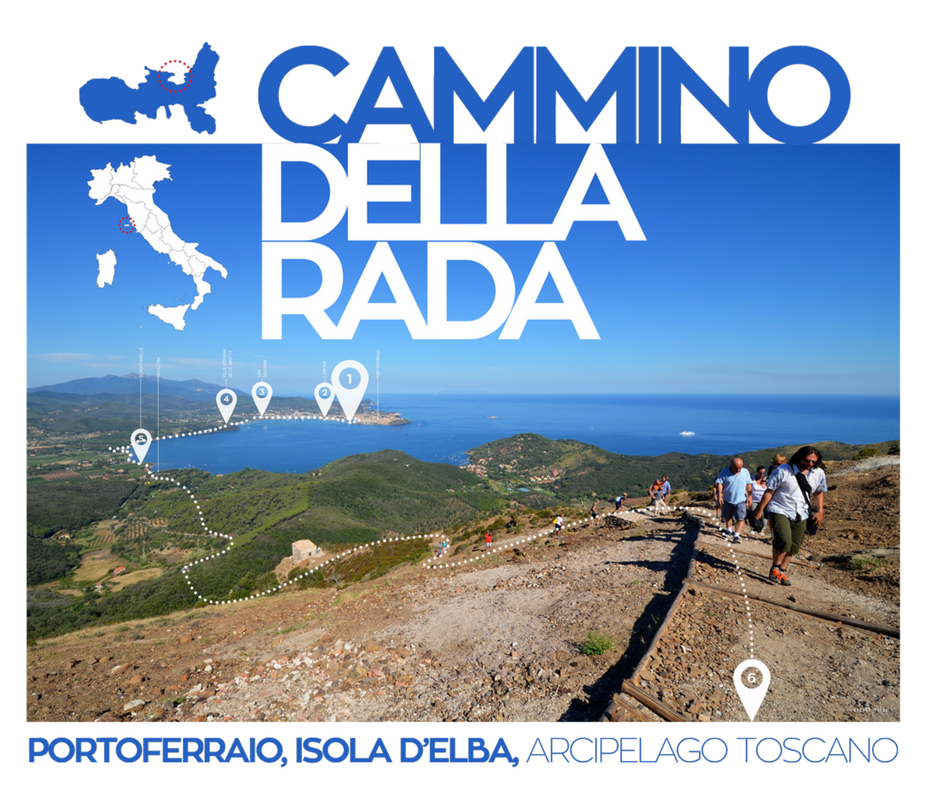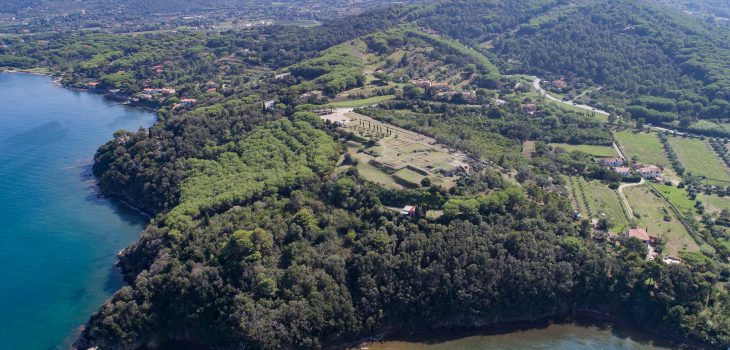Sailing along the Tyrrhenian coast, you encounter a range of islands not far from one another, full of ports and landing sites known since ancient times, generous with water, and fertile, known as the Tuscan Archipelago. The history of the archipelago, and of the island of Elba, its main island, is rich with stories from the Roman era as the land is dotted with luxurious Ancient Roman villas (built between the Augustan age and the early imperial age). We recognize these as villae marittimae, similar to those existing throughout the coast of Lazio and Tuscany. Elegant, imposing, they are the most prestigious recognition of the value of our coasts. A choice consecrated by how spectacular each of the chosen sites is, on the sea.
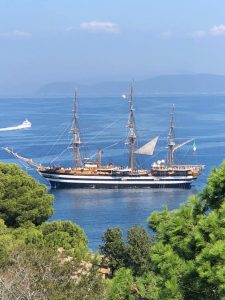
The wind, the sea, the desire to explore. Far from Rome but an integral part of the pulsating life of the empire. Homes of otium, understood as physical and intellectual well-being, and at the same time the hub of entrepreneurial activities of the most important families of imperial Rome, linked to the commercial exploitation of natural resources such as the mines of Elba and the granite quarries on the island of Giglio and Elba. Precious, luxurious, built on promontories and spectacular places, never banal, never taken for granted. Strategic places, for the traffic of commerce, the sighting of arriving ships, navigation control, safety for landings, attention to winds and tides.
Even the monumental complex of the Roman Villa delle Grotte on the island of Elba underlines the intention of creating a direct relationship with the sea, due to the chosen position, the alignment of the architectural elements with the natural views, the presence of the thermal baths . The distinctive element of the “coastal and coastal villas” is in fact the “open front” design and the presence of rooms close to the shore, spectacular port structures, docks, heated spas, panoramic terraces and even amphitheaters. 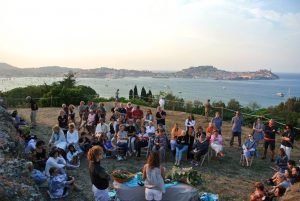 The monumental opening towards the sea completes the external environment with the internal spaces and the large gardens: the water, used in nymphaeums and swimming pools, continues to play an important role. “Water, water, water” is the word often repeated by the archaeologists of the University of Siena who are carrying out an ambitious project for its rebirth. Springs and cisterns are also the precise restoration choice of the SBAP Superintendence and the
The monumental opening towards the sea completes the external environment with the internal spaces and the large gardens: the water, used in nymphaeums and swimming pools, continues to play an important role. “Water, water, water” is the word often repeated by the archaeologists of the University of Siena who are carrying out an ambitious project for its rebirth. Springs and cisterns are also the precise restoration choice of the SBAP Superintendence and the
Ministry of Culture.
Still active natural springs, cisterns, vaults, arches, “caves”, conduits, wells, are a backdrop that welcomes visitors in a real headquarters for the water supply of the town of the time, the stop for sailing ships, a safe harbor in the large harbor, an inlet protected from all winds and even remembered by Horace Nelson as the safest port in the ancient and modern Mediterranean. Particularly suggestive is the belvedere of the complex which shows the closure of the semicircle of the safe harbor of 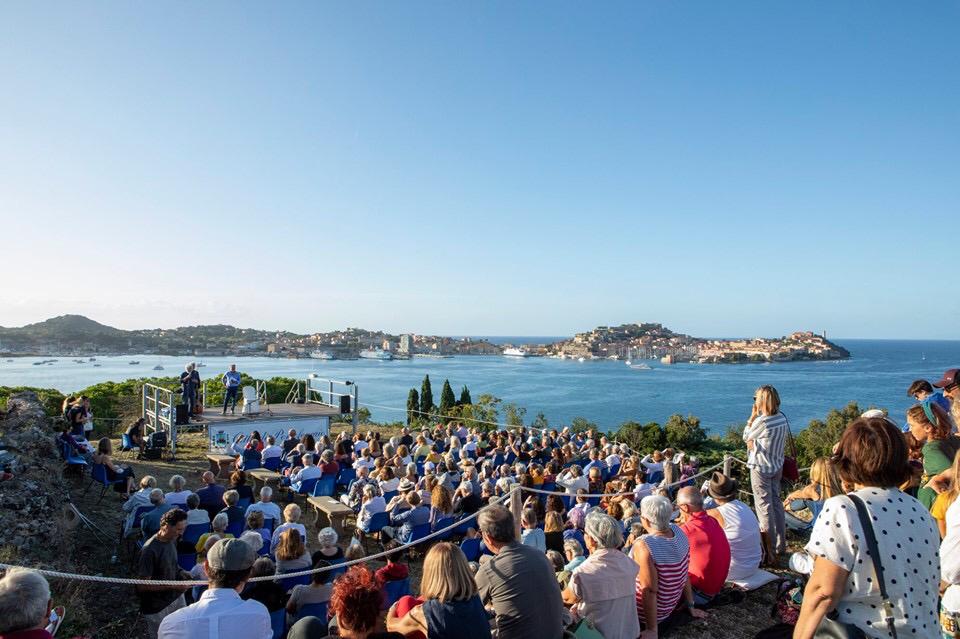 Portoferraio, appreciated over the centuries, from the Etruscans to Napoleon: the Roman Villa of Linguella and the Roman Villa delle Grotte, central elements of an ideal della Rada” which embraces the great gulf, from the Medici Cosmopolis to the Volterraio Fortress, at the gates of the National Park, which has become a UNESCO MAB project for the Tuscan Islands and CETS European Charter for Sustainable Tourism, selected by the VII Forum of European Cultural Itineraries, member of the Phoenicians’ Route Cultural Itinerary of the Council of Europe, of the FEISCT European Federation of Historical Cultural and Tourist Itineraries.
Portoferraio, appreciated over the centuries, from the Etruscans to Napoleon: the Roman Villa of Linguella and the Roman Villa delle Grotte, central elements of an ideal della Rada” which embraces the great gulf, from the Medici Cosmopolis to the Volterraio Fortress, at the gates of the National Park, which has become a UNESCO MAB project for the Tuscan Islands and CETS European Charter for Sustainable Tourism, selected by the VII Forum of European Cultural Itineraries, member of the Phoenicians’ Route Cultural Itinerary of the Council of Europe, of the FEISCT European Federation of Historical Cultural and Tourist Itineraries.
It is thus that the knowledge of the islands of the Tuscan Archipelago also passes through the filter of the maritime complexes of antiquity, made still lively by the activity of the private foundation of the same name born in 1996 to preserve this prestigious place. A courageous activity, supported by the Italia Nostra cultural association, which has been transforming, since 2016, into an ideal and generous transfer of the property to the Municipality of Portoferraio, as part of the Museum System of the Tuscan Archipelago. The villa, already excavated between the 60s and 70s of the last century, is experiencing a renewed season of studies. In addition to the recovery of the archaeological campaigns, the project aims at a complete digital processing of the collected data, in close collaboration with the 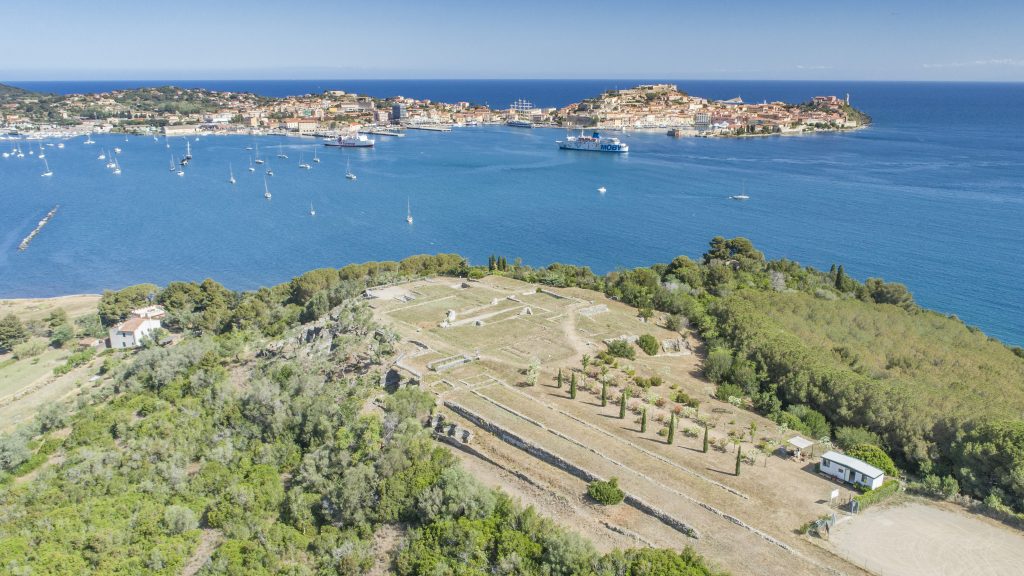 University of Siena, its teachers with university students, following didactic lines of professional development and research. All this was born thanks to choral and intertwined interventions, from funding from the Ministry of Culture, to the generous contribution of the German foundation Wissenschaftsförderung gGmbH, from the Region of Tuscany, together with a mainly local patronage that affectionately embraces, one can say, the Fondazione Villa romana delle Grotte in its latest path of rebirth and openness towards the local community, in the full interpretation of the principles of the Faro Convention and in the sharing of European and international ideals.
University of Siena, its teachers with university students, following didactic lines of professional development and research. All this was born thanks to choral and intertwined interventions, from funding from the Ministry of Culture, to the generous contribution of the German foundation Wissenschaftsförderung gGmbH, from the Region of Tuscany, together with a mainly local patronage that affectionately embraces, one can say, the Fondazione Villa romana delle Grotte in its latest path of rebirth and openness towards the local community, in the full interpretation of the principles of the Faro Convention and in the sharing of European and international ideals.
Today “the Caves”, as the locals like to call the archaeological site, remain an icon, a place where everyone meets and recognizes each other, frequents it, animates it. Open all year round, every year it is repeated and renewed, adding elements of sharing, from the new “park within the park”, with free access for residents of the Tuscan islands, enriched with fine handcrafted benches, to meetings with students of all age, Unicef point for the protection of children, bike friendly and privileged welcome for those arriving by public transport, venue for concerts of the highest international level, art within art exhibitions, open to conferences, meetings, festivals, chosen from many couples for the famous “yes” in front of the absolute wonder of the harbor. The Caves remain a staple in the community of residents and visitors who share their stories with the stories of the many civilizations that have inhabited them. Visiting these places today means walking, or sailing, along itineraries that wind through cultural and natural landscapes of particular charm and suggestion, thanks to which archeology becomes part of itineraries made of scents, flavours, in the emotion of the “great routes of navigation of the ancient civilizations of the Mediterranean which, from the 12th century BC, contributed to the birth of a “koiné”, a Mediterranean cultural community. They are united by a great heritage that we find in  various archaeological, ethnic, anthropological, cultural and naturalistic sites and also in the significant intangible heritage of the Mediterranean.”*
various archaeological, ethnic, anthropological, cultural and naturalistic sites and also in the significant intangible heritage of the Mediterranean.”*
For this reason we are even more anxious to underline that in all our activity, to accompany us but also to guide us, to amaze us, we have always found the new generations of kids who have chosen to follow innovative models in their respective specializations, open to other niche disciplines but also of great collaborations, academic analysis and research of excellence and merit.
